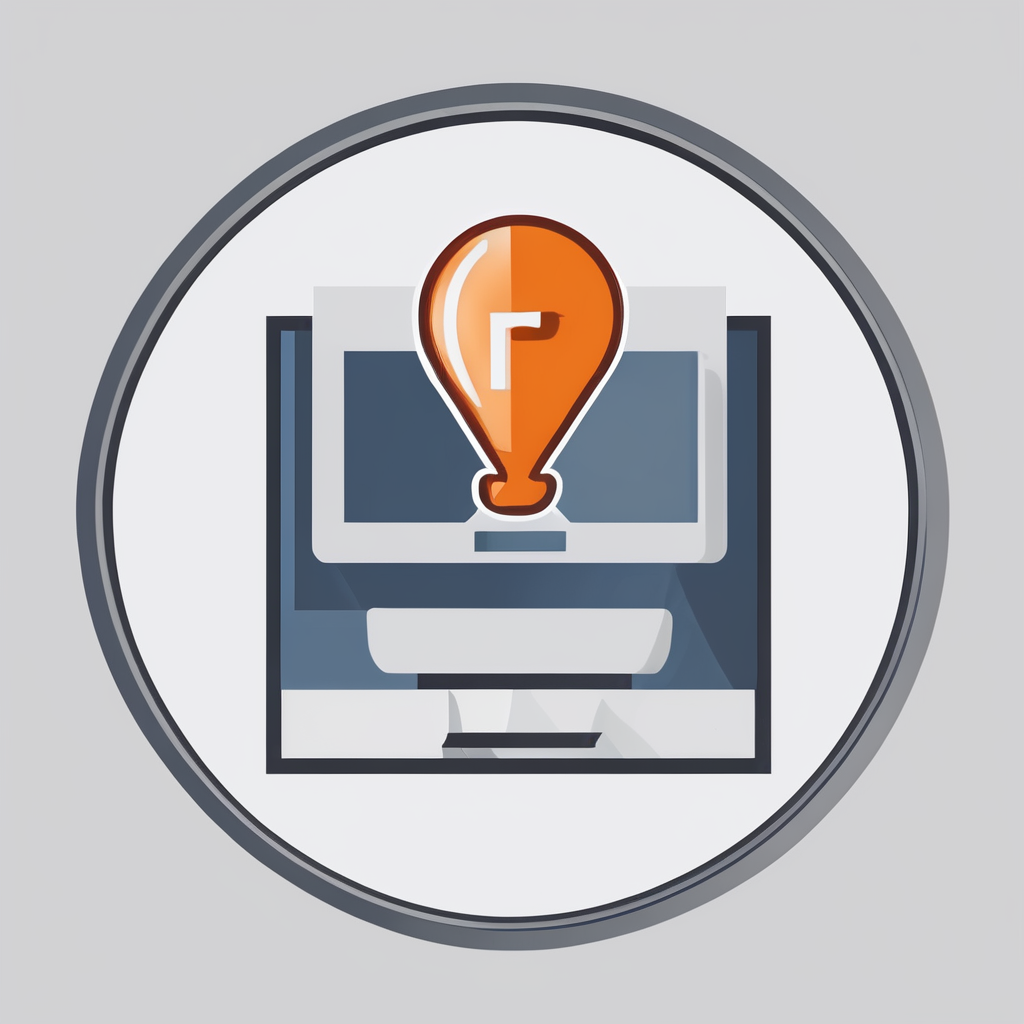Choosing the right PLM software transforms how companies manage product data, streamlining every phase from design to retirement. Effective solutions integrate real-time collaboration, secure data sharing, and AI-driven insights to reduce errors and speed market delivery. Understanding core functionalities and industry needs empowers businesses to select tools that boost efficiency, enhance quality, and support innovation throughout the entire product lifecycle.
What PLM Software Is and Why It Matters for Business Performance
You can view more details on this page: Visit the link for more information
In parallel : Transform Your Visuals: Harnessing AI to Boost Image and Video Quality in Digital Media
Product Lifecycle Management (PLM) software is a digital solution designed for orchestrating the entire journey of a product—from its first idea through to retirement. PLM platforms provide a centralized product information hub that supports every lifecycle phase, including ideation, design, manufacturing, service, and eventual disposal or repurposing. These tools have evolved from simple data management systems into intelligent, cloud-enabled environments that integrate with IoT, AI, and enterprise resource planning (ERP) tools, creating a seamless end-to-end product management ecosystem.
Key features in modern PLM tools ensure structured and reliable control over product data by maintaining version control, automating engineering data management, and linking cross-functional teams. This fosters enhanced collaborative product design and rapid decision-making as teams share the most current information. With embedded security, traceability, and process automation, businesses utilizing PLM can significantly reduce errors and accelerate time to market.
The strategic impact is clear: PLM drives efficiency, ensures product data collaboration, and empowers organizations to adapt with speed. As market expectations shift towards sustainability, faster delivery, and customized offerings, PLM software emerges as the backbone for digital product development and sustainable growth.
Core Functionalities and Key Benefits of Modern PLM Solutions
Modern enterprise PLM solutions create a central digital platform that drives real-time connections between design, engineering, and manufacturing teams. By integrating a robust product data system, these systems harness manufacturing process integration to ensure that updates made by one department instantly benefit all others. This seamless connection enables teams working in different locations and on diverse functions to securely access the latest product information.
Collaborative product design is a hallmark of advanced PLM, providing a single environment where stakeholders from engineering, supply chain, and manufacturing can engage in simultaneous project iterations. Through automated version control software and advanced process automation tools, companies avoid costly errors and reduce duplicated effort, increasing the speed and quality of innovation.
Team collaboration in lifecycle software ensures that changes are traceable and compliant with regulations while promoting transparency across the organization. As a result, lifecycle process optimization is achieved by reducing rework, minimizing delays, and supporting higher-quality outcomes. With integrated quality control software, organizations can proactively detect and address issues, accelerating project delivery and boosting regulatory compliance—all with greater confidence in every phase.
Leading PLM Software Providers, Features, and Industry Applications
Comparative overview of popular PLM vendors and their specialties
Top PLM vendors such as PTC Windchill software, Siemens Teamcenter, Dassault Systèmes lifecycle software (with its comprehensive Enovia system overview), Autodesk product management, and SAP lifecycle management lead innovation for lifecycle software for large enterprises and lifecycle software for SMEs alike. PTC Windchill software is highlighted by robust configuration management tools and engineering data management, supporting discrete manufacturing management, while Teamcenter features excel in product data collaboration and cross-functional team tools. SAP lifecycle management seamlessly integrates product change management with ERP, facilitating end-to-end product lifecycle for manufacturing and other industries. Dassault Systèmes lifecycle software and Enovia system overview address comprehensive digital product development, excelling in PLM for fashion and aerospace.
Notable features supporting industry applications
Modern lifecycle software for large enterprises and SMEs enables centralized product information, project lifecycle tracking, quality control software, and cloud-based product management. These solutions use version control software, manufacturing process integration, and process automation tools, allowing complex supply chains in energy, automotive, and fashion to manage the full product lifecycle in manufacturing and related industries.
Case studies illustrating successful PLM transformation
Across sectors, organizations leverage top PLM vendors for transformative digital product development. Integration of PTC Windchill software and Teamcenter features enables rapid innovation, regulatory compliance, and higher operational efficiency, proving essential for both lifecycle software for SMEs and large manufacturers.
Practical Guidance: Selecting and Implementing Effective PLM Software
Steps to Evaluate and Choose the Right PLM Solution
Use selecting lifecycle software and strict lifecycle software evaluation criteria to match your business needs. Start by listing organizational priorities—whether it’s engineering data management, manufacturing process integration, or rigorous product compliance tracking. Next, conduct a detailed vendor comparison lifecycle software process: assess platforms for product data collaboration, centralized product information, and end-to-end product management. Include the scalability and flexibility a solution provides, especially if your operations span across multiple regions or product lines.
Challenges, Customization, and Integration Best Practices
During deployment, anticipate common hurdles: integration with ERP or CAD data systems, robust lifecycle data security, and multi-site coordination. Lifecycle system customization matters—modern lifecycle management software supports workflow management in lifecycle and unique reporting setups. Address data security proactively; prioritize solutions with advanced lifecycle data security features to safeguard intellectual property and maintain regulatory alignment.
Maximizing ROI: User Experience and Reporting
Lifecycle software user testimonials point to the value of intuitive interfaces and flexible reporting. Invest in lifecycle reporting tools that deliver real-time analytics for lifecycle process optimization. Adoption strategies should emphasize PLM tools training and ongoing support, making digital transformation with lifecycle tools sustainable and productive.











